The Sun, M 6.0 flare at Active Region 13413 - September 3, 2023। Nasa
The M 6.0 flare erupts on the right limb of the Sun in this view. A nice coronal loop arcade forms afterwards. The point-spread function correction (PSF) has been applied to all this imagery.Solar Dynamics Observatory (SDO) operates in a geosynchronous orbit around Earth to obtain a continuous view of the Sun. The particular instrument in this visualization records imagery in the ultraviolet portion of the spectrum at wavelengths normally absorbed by Earth's atmosphere - so we need to observe them from space.
Active Region 13413 on the limb of the Sun erupts with mid-range flare exceeding M5 intensity. A nice loop arcade forms, apparently as part of the eruption. For details of this event, see the Space Weather database entry.
For more information on the classification of solar flares, see Solar Flares: What Does It Take to Be X-Class? or X-Class: A Guide to Solar Flares. The point-spread function correction (PSF) has been applied to all this imagery.What is the PSF (Point Spread-Function)?
Many telescopes, especially reflecting telescopes such as the ones used on SDO (Wikipedia), have internal structures that support various optical components. These components can result in incoming light being scattered to other parts of the image. This can appear in the image as a faint haze, brightening dark areas and dimming bright areas. The point-spread function (Wikipedia) is a measure of how light that would normally be received by a single camera pixel, gets scattered onto other pixels. This is often seen as the "spikes" seen in images of bright stars. For SDO, it manifests as a double-X shape centered over a bright flare (see Sun Emits Third Solar Flare in Two Days). The effect of this scattered light can be computed, and removed, by a process called deconvolution (Wikipedia). This is often a very compute-intensive process which can be sped up by using a computers graphics-processing unit (GPU) for the computation.
-
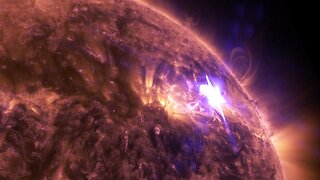 1:19
1:19
Space Adventures
9 months agoNASA’s 4K View of April 17 Solar Flare
38 -
 1:19
1:19
Wireeye channel
3 years agoSolar flare February 19th
17 -
 1:11
1:11
Time Wave Zero
1 year agoSun's HUGE CME and Amazing Solar Flare Eruption - June 7 2011
19 -
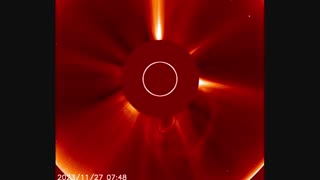 2:26
2:26
RickLangley
6 months agoSOLAR FLARE TO HIT EARTH NOVEMBER 30th-DEC 1st
292 -
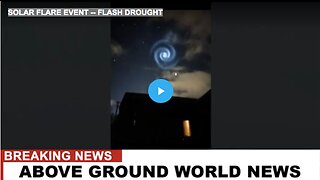 1:00:20
1:00:20
Biological Medicine
11 months agoSOLAR FLARE EVENT -- FLASH DROUGHT
207 -
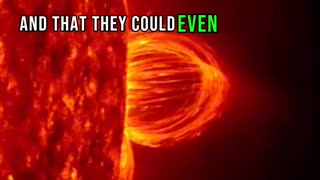 0:33
0:33
SeaSkyNature
4 months agoSolar Flare Lights Up the Sky: 26/01/2024
9 -
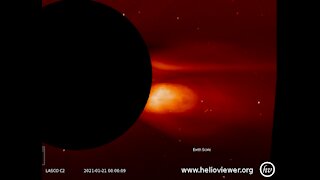 1:22
1:22
Wireeye channel
3 years agoSolar flare Jan. 20th
1093 -
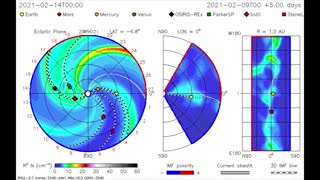 1:40
1:40
Wireeye channel
3 years agoGiant solar flare February 12th
21 -
 4:34
4:34
LIFE4444
4 months agoAscension Solar flares
24 -
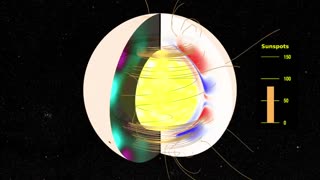 3:25
3:25
Outer Space
4 months agoNASA Sunspot Solar Cycles
106